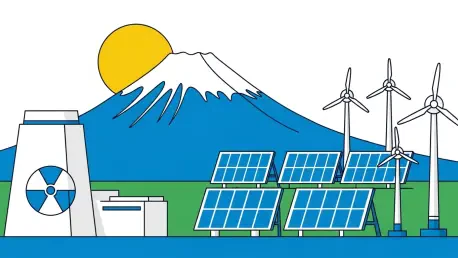
From Baltic Sea Explosions to a High-Stakes Extradition The silent depths of the Baltic Sea still hold the secrets of the 2022 Nord Stream pipeline explosions, but a courtroom in Germany may soon force some of them to the surface. The dramatic sabotage that severed a major Russian gas artery to

A Landmark Project Under a New Political Lens The Trump administration has initiated a review of the federal approval for Dominion Energy's Coastal Virginia Offshore Wind project, casting uncertainty over a flagship renewable initiative. Revealed in a court filing, the move signals a potential

In a remarkable turnaround for one of the world's most resource-dependent nations, Japan has engineered a significant reduction in its reliance on imported fossil fuels, driving its consumption of oil, gas, and coal for electricity generation to the lowest point in over a decade. This profound

The narrative of artificial intelligence as a voracious and potentially catastrophic consumer of electricity has firmly taken root, stoking fears that this technological revolution could single-handedly derail global climate goals. This rising tide of concern, however, often overlooks the broader

The vast, invisible infrastructure powering modern digital life, from artificial intelligence to cloud streaming, is now casting a very real and darkening shadow over the nation's ability to keep the lights on for millions. PJM Interconnection, the entity responsible for managing the electrical

Beneath the surface of daily market reports, a colossal volume of the world's crude oil is quietly vanishing into an opaque network of storage tanks, creating a significant blind spot in global energy analysis. While most of the world focuses on immediate consumption metrics, the planet's largest
1 2 3 4 5 6 7 8 9 10 11 12 13 14 15 16 17 18 19 20 21 22 23 24 25 26 27 28 29 30 31 32 33 34 35 36 37 38 39 40 41 42 43 44 45 46 47 48 49 50 51 52 53 54 55 56 57